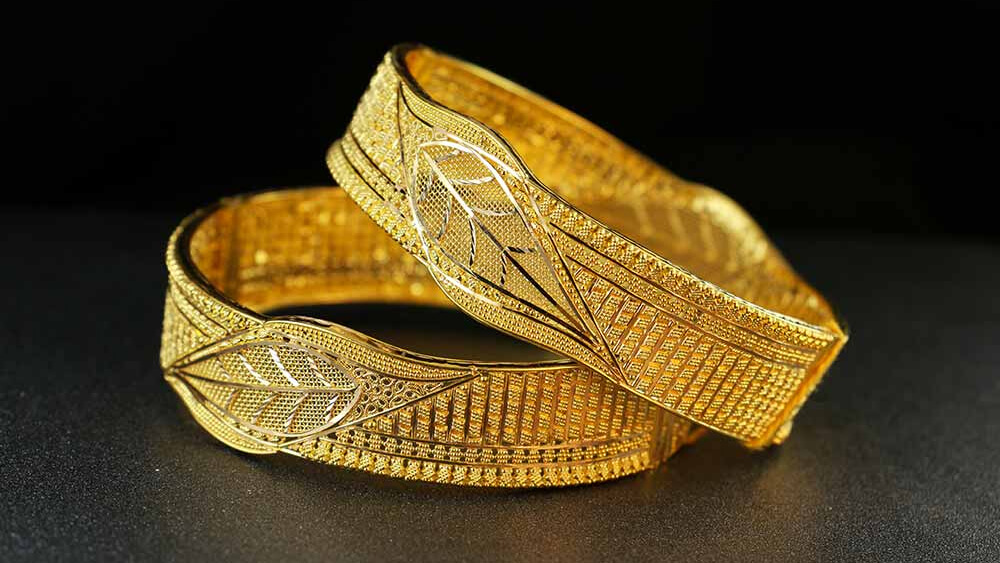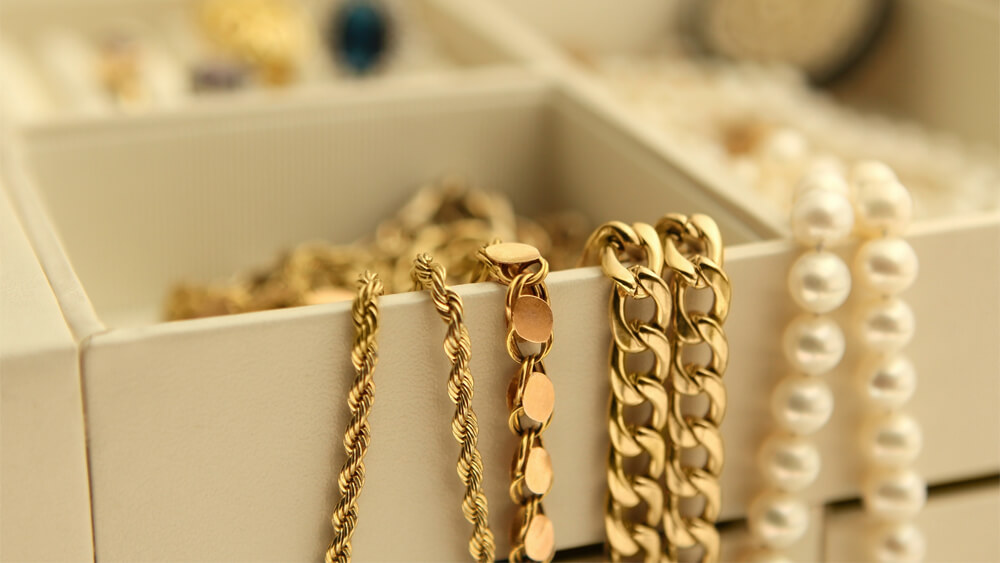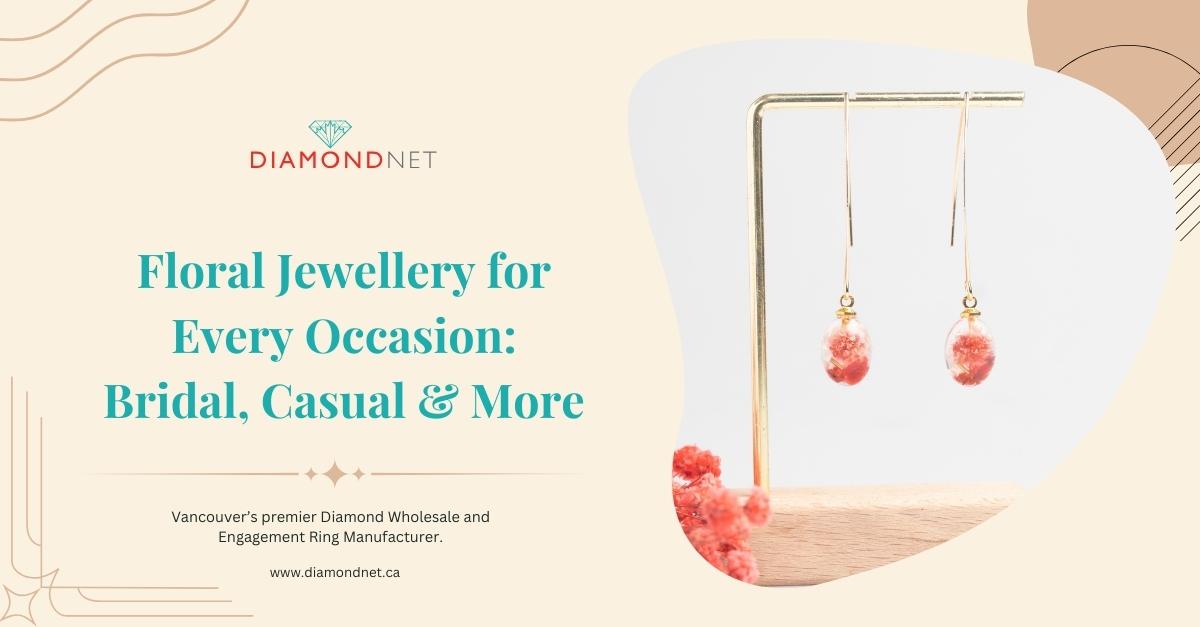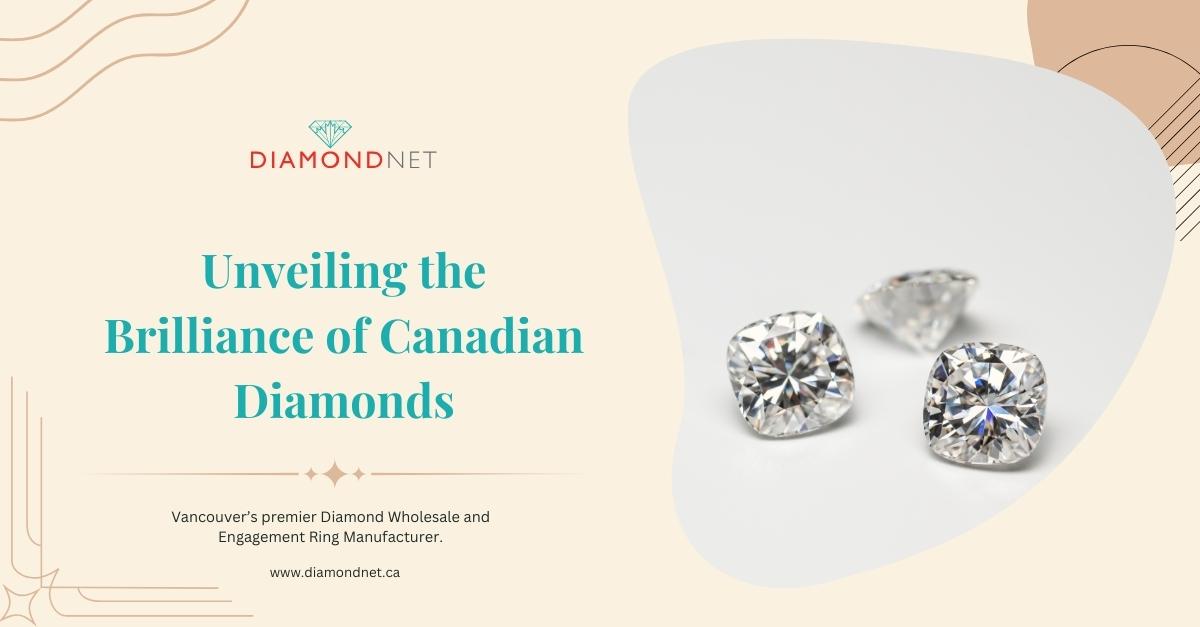Gold is one of the world’s most valuable and popular materials. Cheap jewelry can be more expensive if it looks to include gold, even if the gold is fake. Suppose you have a gold object, whether a scrap or a treasured family heirloom. You may want to know if it is genuine or counterfeit. Here are several methods for determining whether the gold you have or wish to buy is genuine or fake.
Look for a hallmark on the gold jewelry
If the initials GP, GF, or GEP appear on the jewelry, it is not made of genuine gold. GP stands for gold plating, GF for gold-filled, and GEP for gold plating. If you find such hallmarks, the jewelry is made of a different metal with a thin gold covering on top; Although the gold plating appears to be genuine, the amount of gold used is insufficient to constitute a genuine gold item.
Using nitric acid to distinguish fake from genuine gold
Look for a small scratchable area on the jewelry, such as behind a peg or within an engagement ring. Make a scrape deep enough to scratch the gold’s top layer. Apply a drop of nitric acid to the mark and check to see if it is green or milky. It will not react if the jewelry is genuine gold. Because nitric acid is a hazardous substance, you must use extreme caution while working with it. Make sure you’re wearing gloves and goggles and that the space is sufficiently ventilated. Given the risk of this experiment causing damage to jewelry, you might not want to try it on something of significant personal worth.

Ceramic tiles can help you distinguish genuine gold from fake
Scratching your gold items is part of this experiment. You should, however, be able to get outcomes with little to no damage. Unglazed ceramic tiles can be found or purchased. Rub your item gently on the tile until you see gold shards. If there is even a speck of gold remains, your product is almost certainly genuine gold. The black stamp on the gold reveals that it is fake.
Use a strong magnet to see if your gold is genuine
The magnet is not attracted to genuine gold, while fake gold and other magnet alloys are attracted. Because the magnet can be carried in your pocket, the magnetic test is the handiest test for genuine gold. The magnet will definitely reveal the underlying metal.

Test the gold on the skin to see if it is fake or not
Skin darkening caused by wearing fake gold jewelry is not a hoax. Simply hold the gold in your palm for a few minutes to do this test. Sweating produces a chemical reaction with gold on the skin. The skin will change color to black or green if the gold isn’t genuine. The original gold is unaffected by skin contact; however, expert consultants perform more sophisticated tests to determine the weight and purity of genuine gold.
Drop the golden object into the water
Fill a dish with water, enough to conceal some of your gold. Drop your gold objects into the water slowly. Real gold is a hefty metal that does not float, and thus if your gold objects float, they aren’t genuine. Use a small piece of golden jewelry such as a wedding ring or a small earring for this test. Also, if the products rust after being in the water, it is a clue that they are not genuine gold, as gold does not rust or become dull. However, you might not want to undertake this experiment with something precious because of the possibility of discoloration.
Wedding rings in Vancouver
Whether you’re shopping for a diamond ring or a wedding band, DiamondNet offers a rich collection that delivers a luxurious experience. This allows you to thoroughly enjoy your search, whether you’re looking for a gift for a loved one or for yourself. You’re invited to look through our beautiful diamond jewelry, a collection of wedding bands and lab-grown diamond rings in Vancouver, which is all produced with experienced craftsmanship and care.



